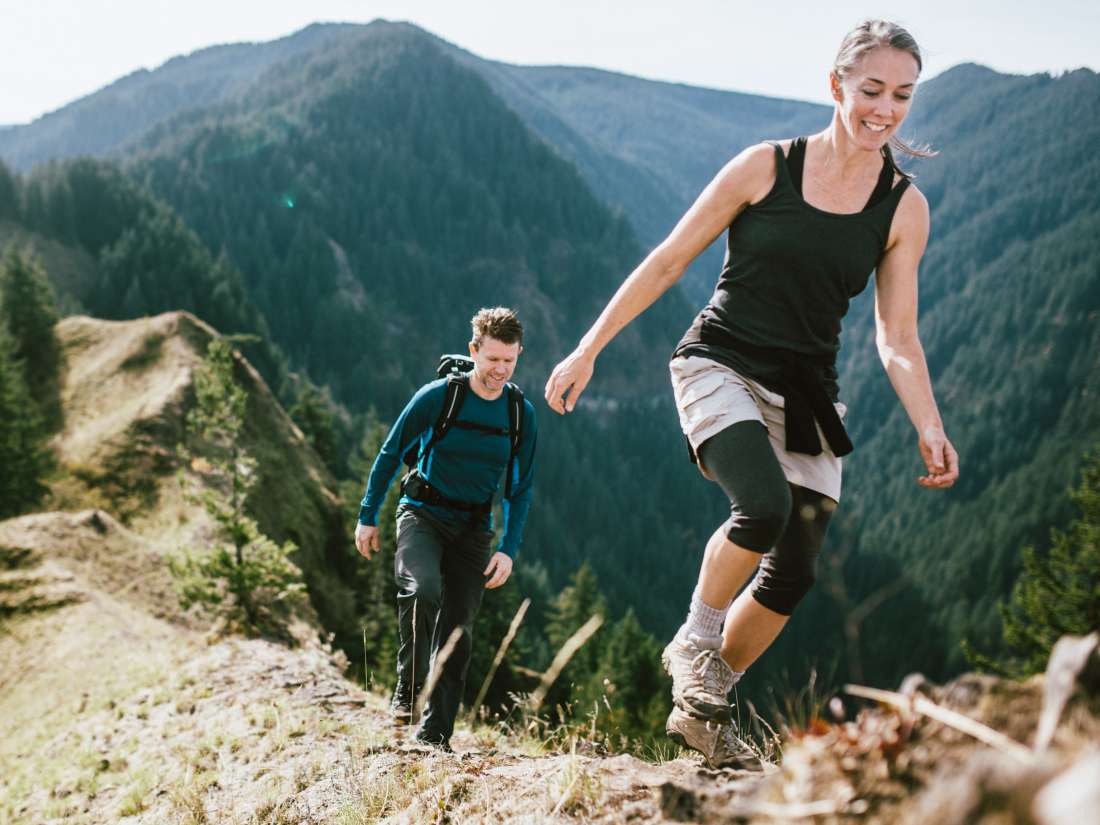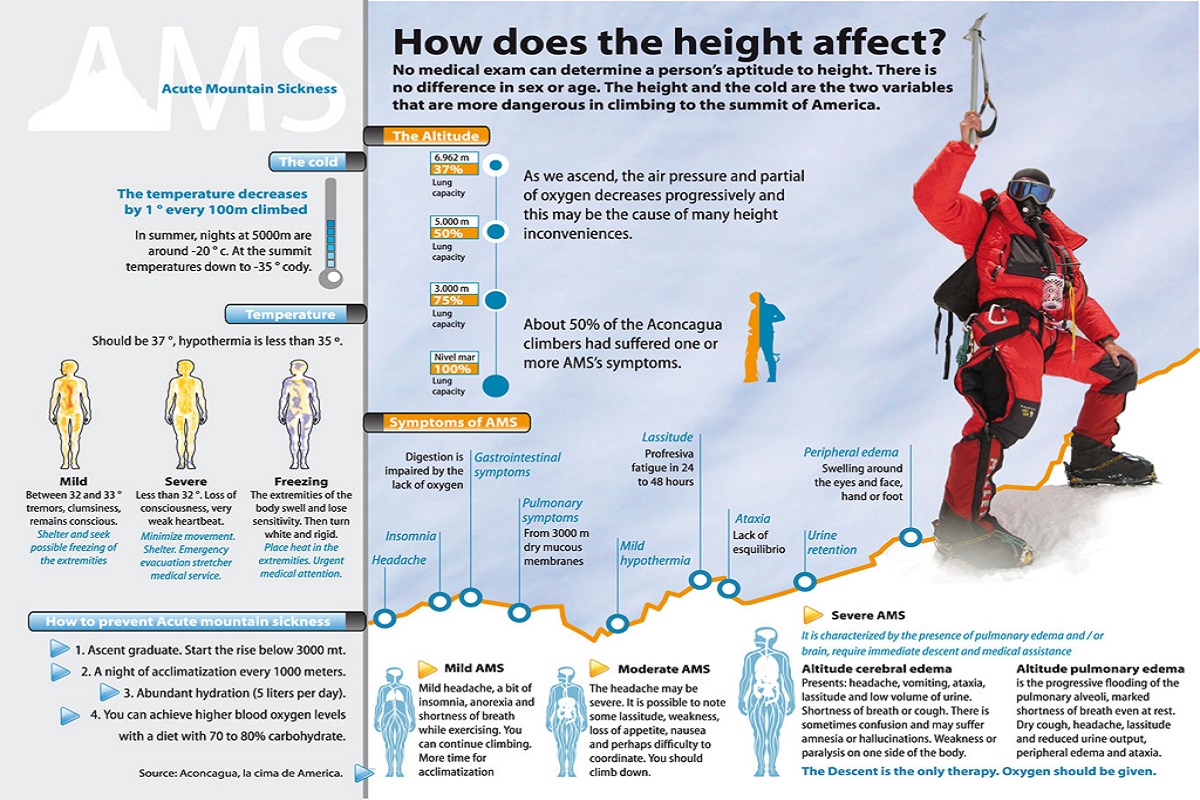
Acetazolamide can however trigger side effects which are the same as the symptoms of altitude sickness so extreme caution is needed before prescription. In exceptional circumstances the same drug may be prescribed by a doctor who knows the medical history of the traveller very well. People who have previously been affected by it may, on medical advice, take acetazolamide (Diamox ®). MedicationsĬertain medications can help prevent altitude sickness. Excessive physical exertion is also unwise. Tobacco, alcohol, sleeping pills and drugs that affect a person's reactions are strongly discouraged at high altitudes. An additional litre of fluid per day is needed for every 1000 metres of altitude. Try to eat a carbohydrate-rich diet and drink plenty of fluids. After this, do not attempt to climb more than 300 metres per day (sleeping height) and after each day of climbing, spend an extra day at the same altitude. To allow the body to acclimatise it is wise then to take a day’s rest.

People can generally climb to a height of 2500 metres relatively quickly. This is extremely painful but the symptoms disappear within 24 hours. Snow Blindness (ultraviolet keratitis).This triggers the body to produce more mucus. The dry air can irritate the respiratory system. Risk factors include dehydration, cold and inactivity. Thrombosis is more common at high altitudes.These typically disappear ten to fourteen days after descent. Changes affecting the retina can occur.It will disappear by itself after descent. Peripheral oedema: swelling of the face, arms and legs due to water retention is a common phenomenon.A low dose of acetazolamide (Diamox ®) can prevent this. Gaps or lapses in breathing can also occur during sleep. This is common in those who travel to high altitudes. Other physical symptoms can be triggered such as: Other risksĪ stay at high altitudes carries risks additional to altitude sickness. That people die is often the result of failure to recognise the condition quickly, misdiagnosis or inability to descend. Pulmonary oedema is generally fairly easy to treat with oxygen and by descending to a lower altitude. A worsening of the situation during the night is typical, especially after a second night at high altitude. Often strong, fit people are struck down by pulmonary oedema. If the levels of oxygen in the blood reduce further, the patient may slip into a coma and die. Later on the cough becomes more productive (with phlegm and sometimes blood) there will be shortness of breath even at rest, and general weakness. Initial symptoms are a dry cough, reduced stamina, shortness of breath upon exertion and dry hawking. The most dangerous stage of AMS is pulmonary oedema. Headache, nausea and vomiting may occur but not necessarily. This is evidenced by uncoordinated movements, decreased consciousness and coma. People who have AMS or pulmonary oedema and then go on to develop neurological symptoms will be diagnosed as having cerebral oedema. Two potentially fatal complications of AMS are High Altitude Cerebral Oedema and High Altitude Pulmonary Oedema. Another characteristic is water retention, although this is more common in women. AMS has similar symptoms to a hangover after a night out. Some people experience a fever, especially if there is pulmonary oedema (see below). Loss of appetite, nausea and vomiting can also occur, in addition to fatigue and weakness. Up to six hours after a rapid climb to above 2,000 metres a headache can occur which gets much worse when the sufferer bends over. AMS is caused by reduced air pressure and lower oxygen levels at high altitudes. A respiratory infection is a potential risk factor. There is no link between physical fitness and the occurrence of altitude sickness. Susceptibility to acute mountain sickness differs from person to person, but the condition occurs equally in men, women and children.

People feel lightheaded, their vision can become blurred and they may faint. An initial symptom of altitude sickness, otherwise known as “Acute Mountain Sickness” (AMS), is dizziness.


 0 kommentar(er)
0 kommentar(er)
